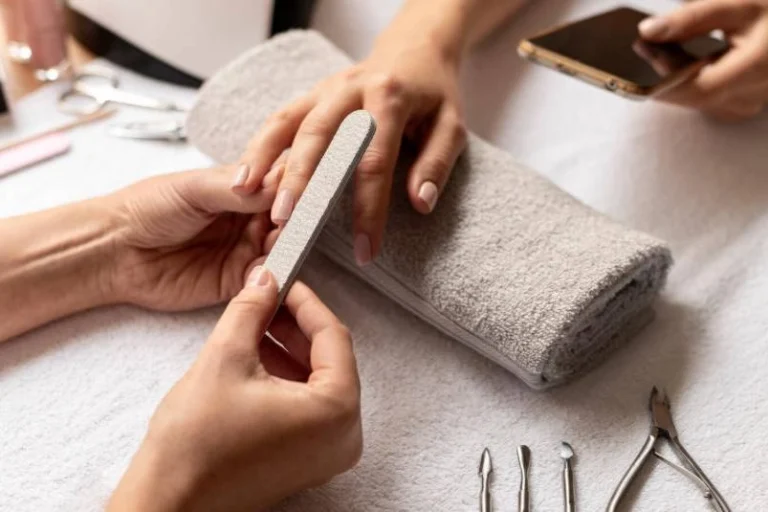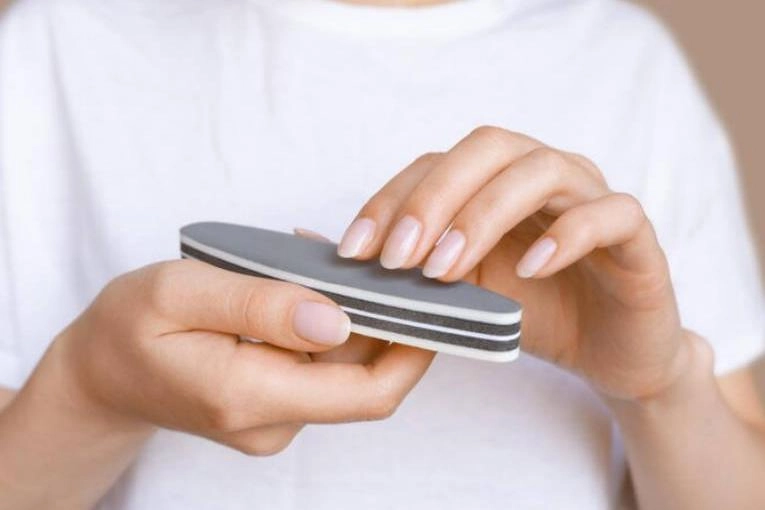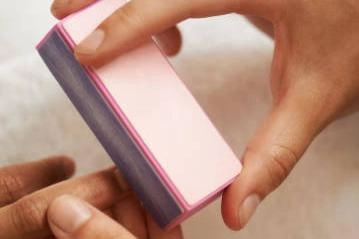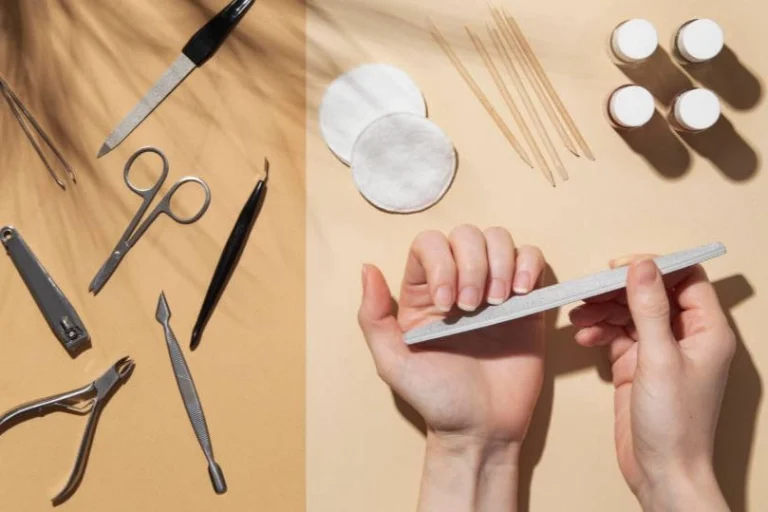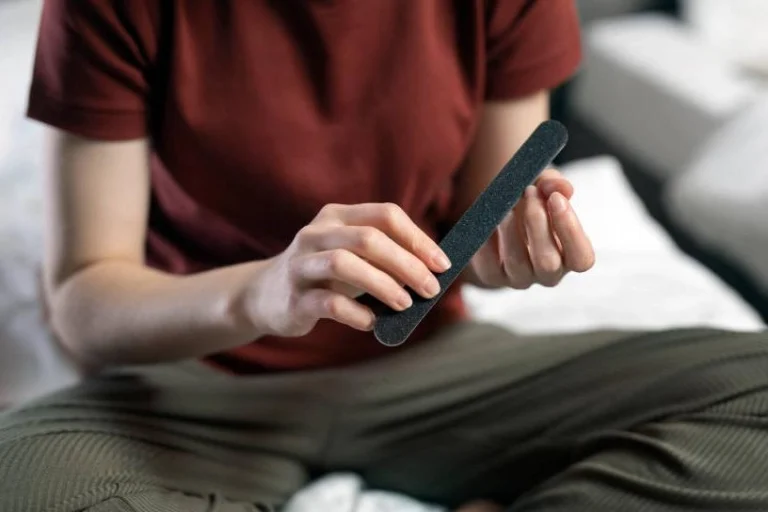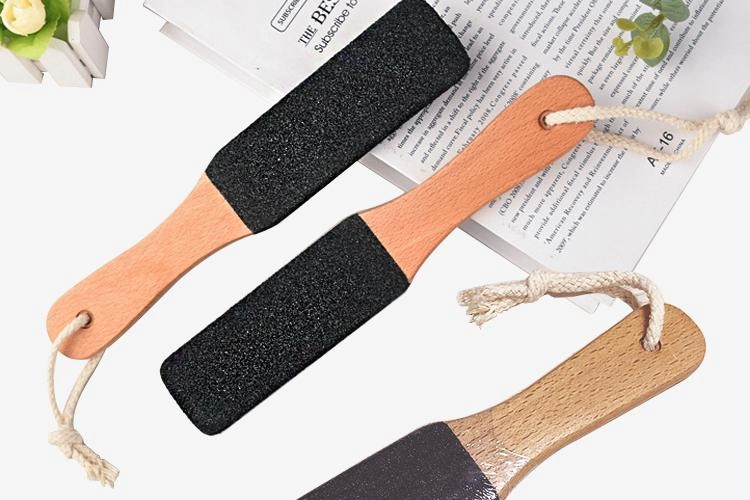
Taking care of your feet is a big deal for staying clean and comfy. When it comes to scrubbing off dead skin and calluses, foot files and pumice stones are super popular picks. Both get rid of rough patches, but they work differently. This blog breaks down how foot files and pumice stones compare. We’ll look at how well they work, how easy they are to use, how long they last, how to clean them, and how safe they are. Let’s figure out which one’s perfect for your foot care routine.
How Are Foot Files and Pumice Stones Different?
Choosing the right tool for your feet depends on stuff like your skin type, how tough your calluses are, and what you like. Let’s dive into the main ways foot files and pumice stones differ. We’ll check out their effectiveness, ease of use, durability, cleaning, and safety.
1. How Well Do They Work?
Foot Files:
These are awesome for tackling thick, stubborn calluses. Foot files have rough surfaces made to scrub away hard skin.
- Metal ones are super tough. They’re great for really thick calluses.
- Electric foot files are a breeze. They spin to buff off dead skin fast with little effort.
- They’re perfect for zeroing in on problem spots like heels or toes.
Pumice Stones:
These are gentler and give a softer scrub. They’re best for light to medium calluses or folks who want a natural vibe.
- Natural pumice stones are kind to sensitive skin. They’re less harsh.
- But they might not cut it for super tough, thick skin.
- Foot files win for heavy-duty jobs. Pumice stones are great for daily TLC.
2. Are They Easy to Use?
Foot Files:
Manual foot files are pretty simple. You need steady pressure and smooth moves to get results. Too much force can irritate your skin, especially with metal files.
- Electric ones are super easy. They do the work for you with a spinning head. They’re quick, even on stubborn spots.
- Plastic or glass files are light and precise. But they take a bit more time than electric ones.
Pumice Stones:
These are easy too. You just need gentle moves and more time. Use them on wet skin or dip them in water for the best results.
- They’re light and portable. Perfect for tossing in your bag.
- But their roughness varies. Some might not work great on hard calluses.
- Electric foot files are the quickest. Pumice stones are awesome for a chill, hands-on approach.
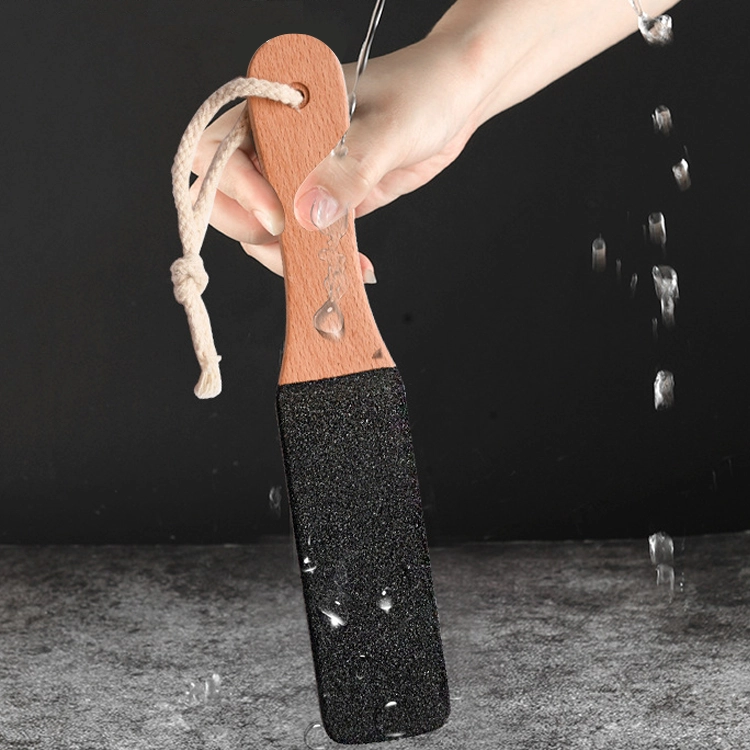
3. Which Lasts Longer?
Foot Files:
Foot files, especially metal or glass ones, are built to last. They hold up for ages if you take care of them.
- Metal files don’t wear out easily, even with lots of use.
- Electric ones are sturdy too. You might need to swap out the head or battery now and then.
- Their durability depends on the material and how you maintain them.
Pumice Stones:
Pumice stones are natural volcanic rocks. They’re not as tough as foot files. They can wear down over time.
- Natural ones lose their grit faster than synthetic ones.
- After a bunch of uses, they get smooth and stop working as well. You’ll need a new one.
- Foot files beat pumice stones for long-term use.
4. How Easy Are They to Clean?
Foot Files:
These are a cinch to clean. Metal and glass files just need soap and water. Some have heads you can pop off and wash.
- Electric ones often have replaceable heads. You can clean or swap them out.
- Cleaning after each use keeps them germ-free.
Pumice Stones:
These need more effort to clean. Their porous surface traps dead skin. You gotta scrub them well after each use.
- Natural pumice stones need disinfecting to avoid germs. Synthetic ones are easier to clean but still need care.
- Foot files are simpler to keep clean compared to pumice stones.
5. Which Is Safer?
Foot Files:
These can be rough if you’re not careful, especially metal or electric ones. Too much pressure can cause cuts or irritation. Use them gently to stay safe.
Pumice Stones:
These are usually safer. Their natural texture is softer and less likely to hurt your skin. Great for sensitive feet.
- But don’t go too hard. Rough use can still cause damage.
- Pumice stones are kinder for sensitive skin. Foot files need more caution for aggressive scrubbing.
Which One’s Right for You?
For Thick Calluses and Rough Spots:
Got super tough calluses? A foot file, especially a metal or electric one, is your best bet. They tackle hard skin with ease and precision.
For Sensitive Skin or Light Care:
If your skin’s sensitive or you just need a quick touch-up, go for a pumice stone. It’s gentle and perfect for regular care. It’s also a natural, eco-friendly pick.
For Speed and Ease:
Want fast results with no fuss? An electric foot file’s the way to go. It buffs away rough spots quick, perfect for busy folks who want smooth feet asap.
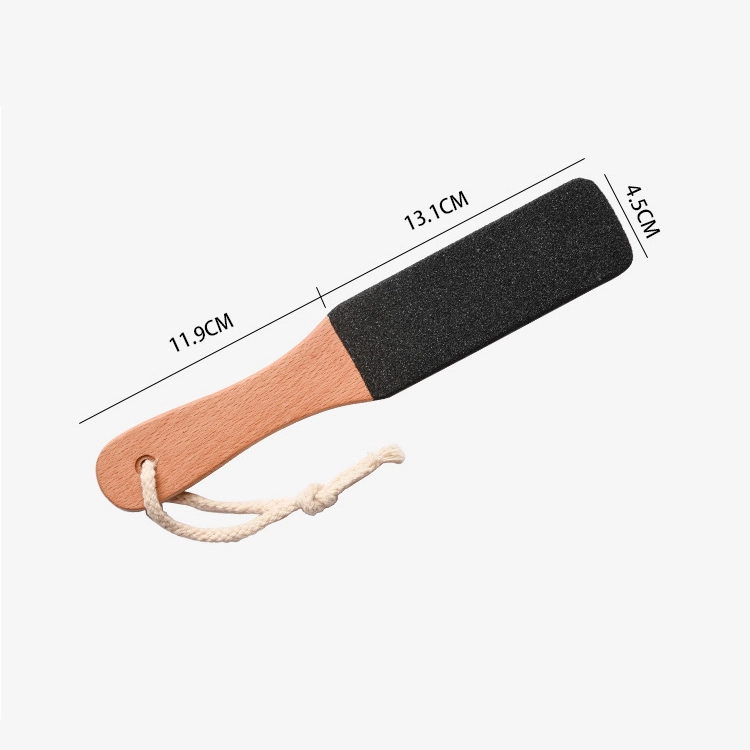
Foot files and pumice stones both have their perks. The right one depends on what your feet need. High-quality foot files from Felice are great for tough calluses and quick results. Pumice stones shine for gentle care and sensitive skin. Knowing how they differ helps you pick the perfect tool. Keep your feet smooth, healthy, and happy with the right choice for your routine.
FAQ
Q: Can I use a foot file or pumice stone if I have cracked heels?
A: Yup, both can help with cracked heels! Foot files are great for grinding down tough, dry skin around cracks. Go gentle to avoid irritation. Pumice stones work too, especially for milder cracks. They’re softer and less likely to overdo it. Either way, moisturize after to keep heels hydrated. If cracks are deep or painful, check with a doc first.
Q: Are foot files or pumice stones better for travel?
A: Pumice stones win for travel. They’re small, light, and don’t need batteries or charging. Toss one in your bag, and you’re good to go. Foot files are portable too, but electric ones can be bulkier and need power. Manual files are travel-friendly but take up a bit more space. If you’re always on the move, a pumice stone’s your buddy.

